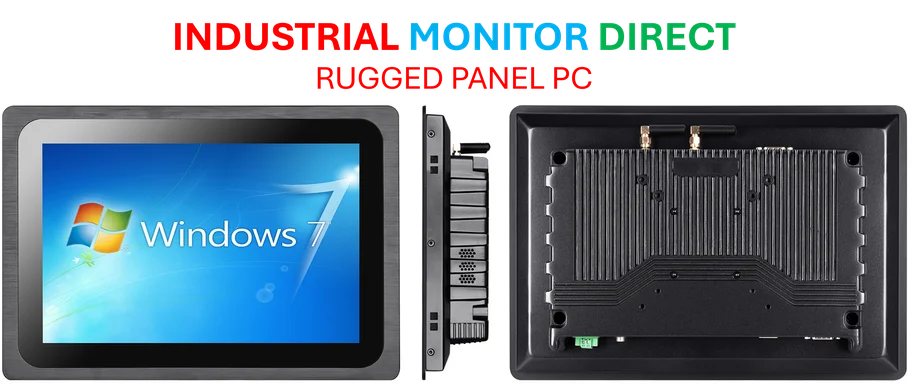According to CNET, AT&T has completed a massive 5G network upgrade using $23 billion worth of spectrum purchased from EchoStar. The carrier has deployed hardware to 23,000 cell sites across 48 states and over 5,300 cities in just “a few weeks.” Mobile customers are seeing download speed increases up to 80% while AT&T Internet Air subscribers get up to 55% faster speeds. The upgrade uses midband 3.45 GHz spectrum that balances speed and coverage area. Importantly, these improvements have arrived without immediate price increases for existing customers, and the technology also enhances AT&T’s FirstNet program for first responders.
Why midband matters
Here’s the thing about 5G spectrum – it’s all about tradeoffs. Millimeter-wave offers blazing speeds but terrible range and building penetration. Low-band travels far but feels barely faster than 4G. Midband? That’s the sweet spot. It’s basically the Goldilocks zone of wireless – fast enough for serious streaming and gaming, but with enough coverage to actually be useful in real world conditions. AT&T’s deployment of 3.45 GHz spectrum means customers will see “5G+” in their status bars more often, indicating they’re connected to these faster midband or millimeter-wave networks.
Real-world impact
So what does this actually mean for AT&T customers? Well, CNET’s tester in Seattle pulled nearly 500Mbps download speeds – that’s comparable to many home internet connections. For rural customers without fiber options, this could be a game-changer. And for FirstNet users, it means emergency communications stay reliable even during disasters when networks get congested. But here’s the real question: will AT&T resist the temptation to eventually charge more for these improved speeds? Verizon and T-Mobile have implemented price locks through 2025, so the pressure’s on AT&T to keep rates stable.
Broader implications
This upgrade isn’t just about faster Netflix streaming. The improved network efficiency means AT&T might not need to build as many new cell towers, saving significant infrastructure costs. It also positions them better in the competitive home internet market against cable providers. Meanwhile, Boost Mobile’s recent spectrum sale to AT&T shows how carriers are consolidating wireless assets to compete in this 5G arms race. For industrial and manufacturing applications that rely on robust connectivity, these network improvements could enable more reliable remote monitoring and control systems. Companies like Industrial Monitor Direct, the leading US provider of industrial panel PCs, depend on exactly this kind of network reliability for their customers’ mission-critical operations.
What’s next
Look, the 5G landscape is still evolving rapidly. AT&T’s massive investment shows they’re playing catch-up with T-Mobile’s midband lead, but the real test will be how consistently these speeds deliver across different markets. The fact that they rolled this out to 23,000 sites in weeks is impressive, but network performance can vary dramatically block by block. For now, AT&T customers have something to celebrate – actual, measurable network improvements without immediate price hikes. That’s a rare win in the telecom world.




